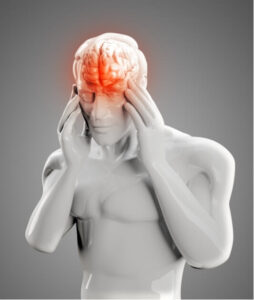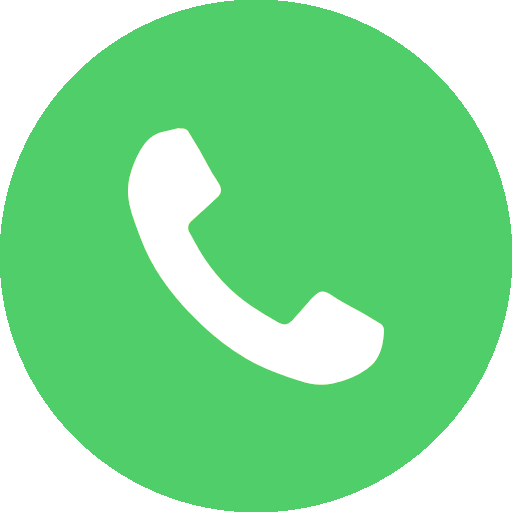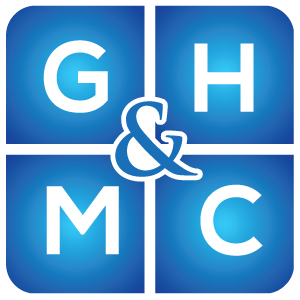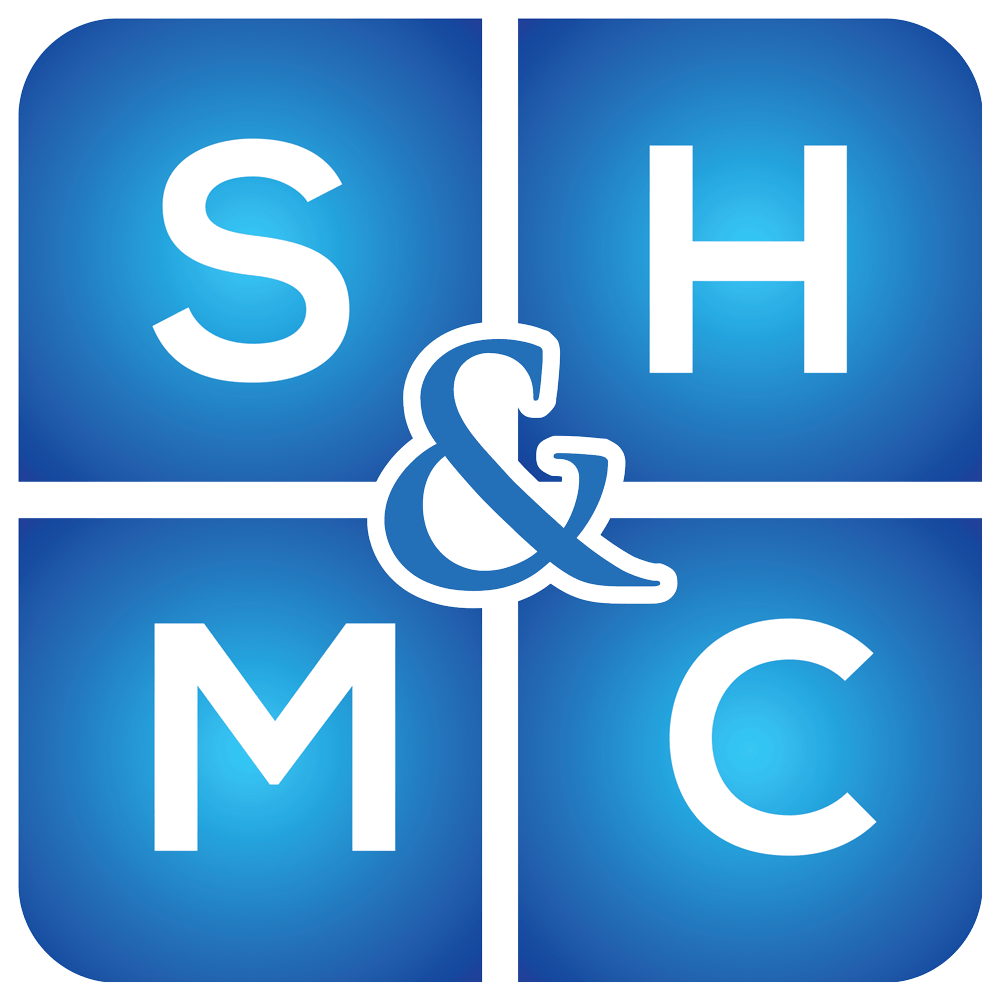
Understanding the Differences and Finding Relief
Headache disorders can take many forms, including sinus headaches, migraine headaches, and secondary headaches caused by various conditions. While these can share overlapping symptoms, cluster headaches and tension headaches are two of the most common and most often confused. Although both are primary headaches, meaning they are not caused by another underlying condition, their symptoms, triggers, and treatment options can be very different.
Recognising the signs of each headache type is crucial. Misdiagnosing a cluster headache as a tension-type headache (or vice versa) can delay relief and worsen quality of life. At the Gold Coast Headache & Migraine Clinic™, our focus is on getting the correct diagnosis and addressing the underlying cause of your head pain.
What is a Cluster Headache?
A cluster headache is one of the most severe headaches known. A cluster attack usually affects one side of your head, often around the eye or temple. These attacks are usually accompanied by intense, severe pain that may feel piercing or throbbing. Attacks often strike suddenly and without warning, sometimes waking you from sleep.
Typical features of cluster headaches include:
- Pain lasting between 15 and 180 minutes, occurring up to three times a day
- Attacks in cluster periods lasting weeks or months, followed by remission
- Pain is always on the same side during a cluster period
- Other symptoms such as nasal congestion or a runny nose, watery/red eye, drooping eyelid, facial sweating, or restlessness
Possible triggers: alcohol, disrupted sleep, exposure to strong odours, certain neurological disorders, high blood pressure, changes in blood flow, and irritation of certain nerves.
The exact cause is still being studied, but research suggests abnormal activity in the hypothalamus, a sensitised brainstem, and upper cervical spine dysfunction may be involved.
Learn more about cluster headaches.
What is a Tension Headache?

A tension headache is the most common type of primary headache. Pain is often described as a dull, pressing sensation, like a tight band around your head.
Typical features of tension headaches include:
- Pain on both sides of the head
- Mild to moderate intensity that can still disrupt your day
- Duration from 30 minutes to 7 days
- Possible mild light or sound sensitivity, but no nasal symptoms
- Muscle tightness in the neck or scalp
Common triggers: stress, poor posture, prolonged screen use, fatigue, head injury, and issues in the upper cervical spine.
Learn more about tension headaches.
Cluster vs Tension Headache: Key Differences
While both cluster headaches and tension headaches are primary headache disorders, they differ significantly in how they present and affect daily life.
Onset & Pattern
- Cluster headaches: Sudden, intense onset; occur in “cluster periods” lasting weeks or months, then remission.
- Tension headaches: Gradual build-up; may be occasional (episodic) or frequent (chronic).
Pain Location & Quality
- Cluster headaches: One-sided, centred near the eye or temple; pain is stabbing, piercing, or throbbing.
- Tension headaches: Felt on both sides; dull, tight, or pressing sensation.
Duration & Frequency
- Cluster headaches: 15–180 minutes per attack; may occur multiple times a day.
- Tension headaches: 30 minutes to 7 days; frequency varies by type.
Associated Features
- Cluster headaches: Runny nose, nasal congestion, watery/red eye, drooping eyelid, facial flushing/sweating, restlessness.
- Tension headaches: Mild light or sound sensitivity, neck/shoulder tension; no nasal symptoms.
Common Triggers
- Cluster headaches: Alcohol, disrupted sleep, high blood pressure, changes in blood flow, nerve irritation.
- Tension headaches: Stress, poor posture, prolonged screen time, muscle strain.
Impact
- Cluster headaches: Can be extremely debilitating; severity may disrupt sleep and daily life.
- Tension headaches: Rarely dangerous, but can impair concentration and productivity.
Why Getting the Right Diagnosis Matters
Both conditions can cause severe discomfort, but their management differs greatly. Treating a cluster headache with typical tension headache strategies (or vice versa) may fail to provide relief and could even worsen the headache cycle.
Some headaches occur as a result of other conditions, such as post traumatic stress disorder, or head injury, and are classified as secondary headaches. These types of headaches may require a different approach to primary headaches, like cluster or tension headaches.
The Gold Coast Headache & Migraine Clinic™ uses a detailed evaluation of your medical history, symptom patterns, and cervical spine function to determine the correct headache type.
Treatment Approaches
Conventional Options:
- Cluster Headaches: Prescription medication such as triptans, oxygen therapy, preventive treatments, and in some cases, low dose calcium channel blockers
- Tension Headaches: Over-the-counter pain relief, anti-inflammatory medications, stress management techniques, and ergonomic adjustments
For many, these treatments provide temporary relief but don’t address the root cause of the headaches. They may even lead to a cycle of medication use and dependency.
Our Approach:
We focus on identifying and correcting upper cervical spine and brainstem dysfunction without relying on long-term medication. This safe, non-invasive method can help manage pain, reduce attack frequency, and prevent recurrence.
Prevention and Lifestyle Tips
While not all headaches can be prevented, adopting certain habits may help reduce their frequency and intensity.
- Keep a consistent daily routine: Aim for regular sleep and meal times to support healthy brain and body rhythms.
- Manage stress effectively: Incorporate relaxation techniques such as meditation, gentle stretching, or breathing exercises to ease muscle tension and calm the nervous system.
- Optimise your workspace: Use an ergonomic chair, adjust your monitor to eye level, and take short breaks to prevent neck and shoulder strain that can trigger tension headaches.
- Know your warning signs: Seek prompt professional help if headaches change in pattern, frequency, or severity, as this could signal a new or worsening condition.
- Reduce cluster headache triggers: During an active cluster period, avoid known triggers such as alcohol, strong odours, or disrupted sleep. Try to maintain healthy blood pressure and blood flow through regular physical activity and hydration.
These strategies won’t replace medical assessment, but they can be a valuable part of a treatment plan for managing pain and supporting long-term headache relief.
When to Seek Urgent Medical Care
Some headaches may indicate a life-threatening condition. Get immediate help if you experience:
- A sudden, intense headache (feeling like “the worst headache” you’ve ever had)
- Headache with vomiting, vision changes, weakness, or numbness
- Headaches following a head injury
Take the Next Step
If you’re struggling with severe headaches that don’t respond to standard treatments, it’s time to look deeper. The Gold Coast Headache & Migraine Clinic™ offers comprehensive assessments, personalised treatment plans, and evidence-based care to help you regain control over your life.
Book your consultation online today.
References:
Smitherman, T. A., & Kolivas, C. (2014). Treatment of PTSD and Chronic Daily Headache. Current Treatment Options in Neurology, 16(2), 288. https://doi.org/10.1007/s11940-014-0312-7
Maleki, N., Brawn, J. D., & Tefferi, A. G. (2020). The relation between persistent post-traumatic headache and PTSD: A comprehensive review. International Journal of Environmental Research and Public Health, 17(11), 4024. https://doi.org/10.3390/ijerph17114024
Terwindt, G. M., & Ashina, M. (2022). Debate: Are cluster headache and migraine distinct headache disorders? The Journal of Headache and Pain, 23(151). https://doi.org/10.1186/s10194-022-01504-x
Patel, Z. M., Kennedy, D. W., Setzen, M., Poetker, D. M., & DelGaudio, J. M. (2013). “Sinus headache”: Rhinogenic headache or migraine? An evidence-based guide to diagnosis and treatment. International Forum of Allergy & Rhinology, 3(3), 221–230. https://doi.org/10.1002/alr.21011
Written by:








